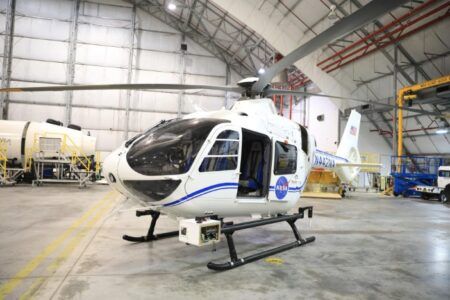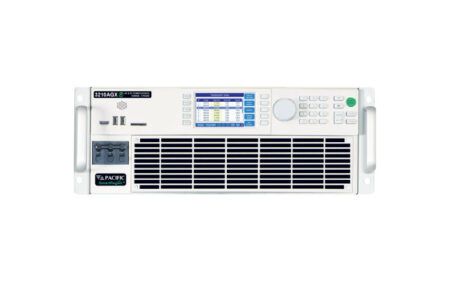High-speed cameras are used by aerospace engineers for a variety of subjects. They are found assisting in the development and evaluation of new materials, performing inspections, and monitoring safety tests. As the technology advances the imaging power of these cameras continues to increase as pixel resolution and frame rate capabilities provide better motion analysis.
Many of the events these cameras capture are very short and occur in under a second. Traditional RAM-based cameras are designed with this principle in mind. RAM sizes inherently limit the possible duration of each capture, then those images must be transferred before the next test can run. The more frames per second (fps) there are in a recording, and the more pixel resolution, the larger the file size is that must be transferred out of the RAM of the camera. This is a challenge due to the sheer size of the data.
For example, a 1 Mpx camera at 1,000 fps results in 1.5GB for every second of capture, a 4 Mpx camera at the same rate results in 6GB per second. A Phantom v2640 which captures 4 Mpx at over 6,000 fps, requires 72GB for 2 seconds of data.
RAM sizes are expanding, up to 288GB in the case of the v2640, to accommodate several seconds of capture. This is useful for data assurance with single events, and otherwise can be segmented to capture multiple events back to back before transferring the data. This on its own can increase efficiency, particularly for events that happen in fast succession.
The speed of which those raw images are then transferred is the next obstacle. High-speed cameras create a lot of data and using Gb Ethernet as the main connection and download source can be slow, 20 minutes or more, if the full RAM is used. Phantom cameras solve this problem by either – using the continuous recording feature with segmented RAM, saving to the ultra-fast CineMag recording media, or using 10Gb Ethernet to download to a computer. With 10Gb Ethernet an uncompressed 72GB recording can download in as little as two minutes.
While large RAM sizes and fast data transfer are helpful, they are still limited by a fixed duration, measured in seconds, that the camera can record at one time. New offerings in high-speed image streaming can solve this problem by interfacing with DVR units consisting of very large banks of secure SSD media. CXP-based streaming cameras, including the full line of Phantom high-speed machine vision cameras, can record at high frame rates for several minutes with these DVR systems.
As an example, wind tunnel testing often involves repositioning the subject throughout a test that can last several minutes. By using a Phantom S210 and a 3 TB DVR up to 20 minutes can be recorded at 1,700 fps without interruption. The images can then be played back immediately, trimmed and saved, or saved as one large video to an alternate system for later analysis. A long record DVR system improves the wind tunnel test efficiency by allowing the test to run in its entirety, while knowing every frame is being recorded so unexpected events are captured as well.
While different systems may be recommended depending on the required frame rate, resolution and duration, Phantom CXP-based streaming cameras and DVR system provide new possibilities to the world of high-speed image acquisition.
This article was supplied by Vision Research





